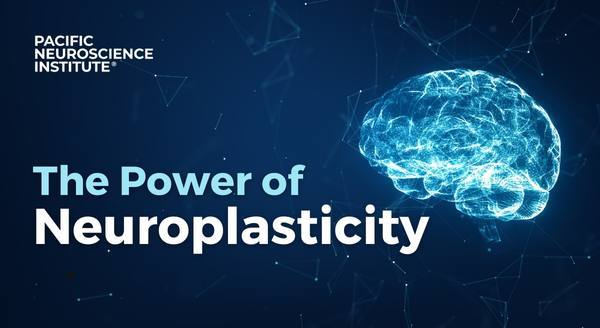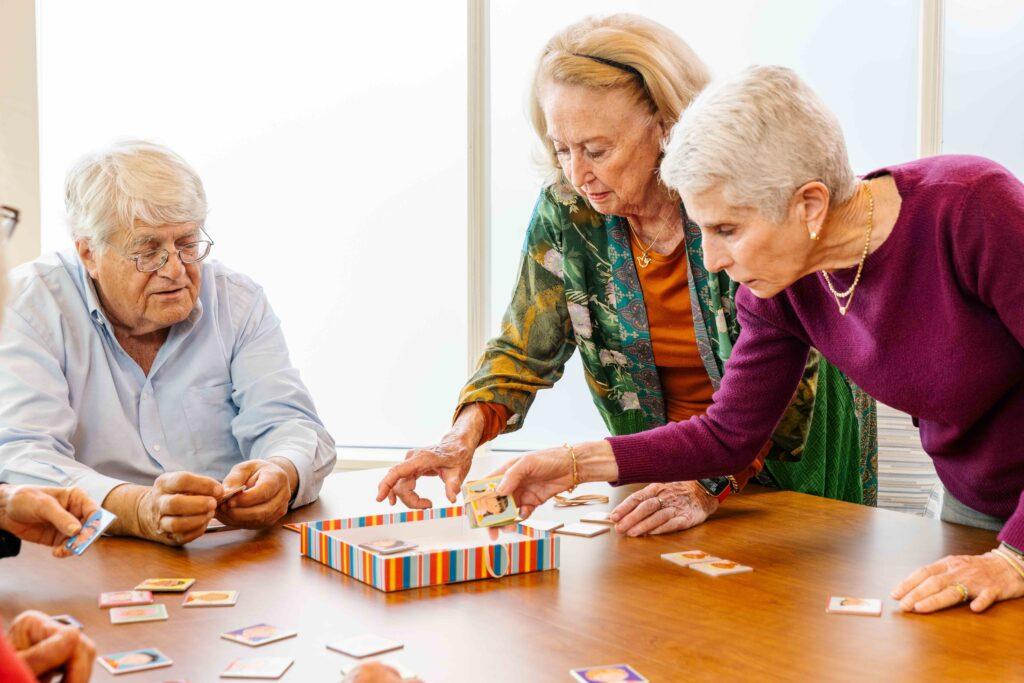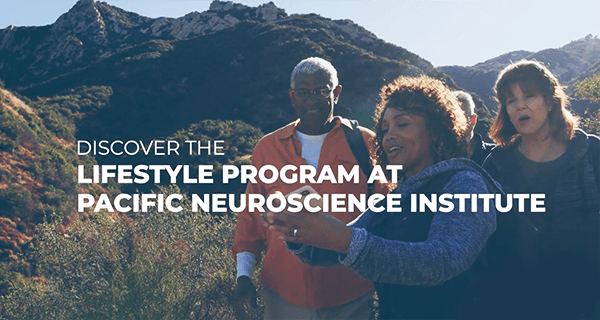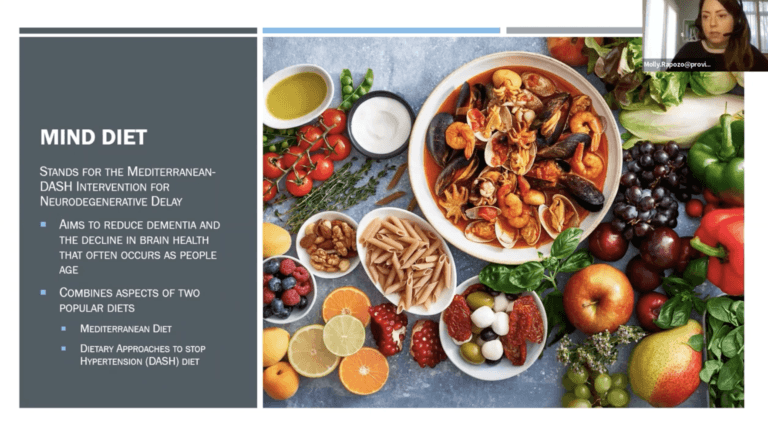

Neuroplasticity and Healthy Aging: What You Need to Know
by Brianna Rauchman
Explore the hidden power of neuroplasticity and how it can promote a healthy brain. Learn how lifestyle factors, like exercise and cognitive training, can enhance neuroplasticity, thus helping with stroke recovery and delaying age-related cognitive changes.
Neuroplasticity and Healthy Aging: Learn How the Brain Adapts
The human brain is often thought of as a finite resource that gradually declines with age, resulting in the permanent loss of brain cells. However, the latest research challenges this notion, suggesting that healthy cognitive aging does not result in the loss of neurons. In fact, new brain cells emerge in memory centers of the brain, well into old age.
What Exactly Is “Neuroplasticity”?

Neuroplasticity describes the brain’s ability to adapt and respond to environmental stimuli, new experiences, or other developmental mechanisms.
This complex phenomenon involves a wide range of intricate cellular and molecular processes, allowing the brain to forge new neural pathways. Neuroplasticity plays a critical role in numerous areas of brain functioning, such as:
- Learning
- Memory
- Sensory processing
- Motor processing
- Emotional regulation
Why Do We Need It?
Neuroplasticity allows the brain to adapt to injury and disease, such as a stroke, traumatic brain injury, or a neurodegenerative disorder. Harnessing the power of neuroplasticity may hold significant promise for advancing the future of neuroscience research.
The Science Behind Neuroplasticity: Neural Connections and Synapses
Neuroplasticity is driven by the formation and modification of neural connections (neurons) that occur at synapses (the points where nerve cells communicate with each other).
Through learning and experiences, the strength and number of synapses evolve, and new connections emerge. As new pathways form, the brain adapts and acquires new skills.
The Lifelong Potential for Neuroplastic Growth and Changes

Remarkably, neuroplasticity is not limited to children or young adults; it persists throughout life, and can even be enhanced through environmental factors, which we will discuss later in this article.
However, neuroplasticity is not always beneficial. In some cases, it may produce maladaptive changes, resulting in chronic pain or addiction. Ultimately, understanding the brain’s molecular and cellular mechanisms is essential for developing effective therapeutic interventions.
How Does Neuroplasticity Impact My Life?
Recovering From Injury or Disease

Stroke is a common condition that may lead to significant changes in brain structure and function, resulting in the loss of neurons and synapses, and altering how the brain processes information. Fortunately, the brain has the remarkable ability to reorganize by forming new neural connections and rewiring existing pathways.
Learning New Skills
The brain also adapts when learning a new skill, such as a language or instrument. Likewise, practicing mindfulness and meditation can enhance cognitive health by promoting the growth of new neural connections.
How Neuroplasticity Benefits Cognitive Health
Neuroplasticity offers several benefits for cognitive functioning. By rewiring neural connections, individuals improve brain health and enhance learning and memory.
Additionally, neuroplasticity plays a critical role in the brain’s ability to adapt and recover from injuries and potentially delay age-related cognitive decline. In summary, the benefits of neuroplasticity include:
- Improvement of cognitive function
- Ability to adapt to and recover from brain injuries
- Potential to delay or prevent age-related decline in brain function
Three Factors That Promote Neuroplasticity
Three primary factors are associated with enhanced brain health:

- Environment (exercise, diet, socialization, stress, sleep, cognitive stimulation)
- Genetics (brain structure and function)
- Hormones (dopamine, serotonin, growth factors)
By addressing these factors, providers can promote positive changes in the brain, and support individuals with neurological conditions.
At Pacific Neuroscience Institute’s Lifestyle Program, our team of brain health trainers intervenes to optimize your cognitive wellness. From innovative memory training, to essential diet education, you’ll learn the key strategies for enhanced longevity.
Optimize Your Brain Health Today

Neuroplasticity is crucial for cognitive functioning, learning, and memory at all ages. Luckily, you can support your brain health today.
The Lifestyle Program at the Pacific Neuroscience Institute® offers science-based cognitive training to support brain wellness. Whether you are seeking proactive interventions, or are diagnosed with a brain injury or neurodegenerative disorder, the Lifestyle Program has a course for you.
Develop a healthy brain for brighter days. Click here to start your journey.
How to enroll in the Lifestyle Program
Virtual and in-person sessions are available. To learn more about participation, contact us: lifestyle@pacificneuro.org | 213-344-2037
Useful Links
Related Videos
 Lifestyle Program at PNI
Pacific Neuroscience Institute’s new Lifestyle Program offers a multimodal education approach to optimize brain wellness. Whether you aim to enhance your longevity, stabilize cognitive decline, or receive support after a…
Lifestyle Program at PNI
Pacific Neuroscience Institute’s new Lifestyle Program offers a multimodal education approach to optimize brain wellness. Whether you aim to enhance your longevity, stabilize cognitive decline, or receive support after a…
 Why You Should Eat Tomatoes in September
Did you know that September is the perfect time to enjoy peak season tomatoes? Lycopene, the most abundant carotenoid in ripened tomatoes, is an antioxidant that fights against inflammation and…
Why You Should Eat Tomatoes in September
Did you know that September is the perfect time to enjoy peak season tomatoes? Lycopene, the most abundant carotenoid in ripened tomatoes, is an antioxidant that fights against inflammation and…
 Brain-Healthy Habits Episode 1: The Best Fish for Brain Health
Brain-Healthy Habits Episode 1: The Best Fish for Brain Health
 Summer Grilling and Brain Health. What are AGEs? with Molly Rapozo | A PNI Minute
Molly Rapozo, MS, RDN, CD, Registered Dietician Nutritionist and Brain Health Coach at the Pacific Brain Health Center discusses how to avoid advanced glycatin end-products (AGEs) from grilled and barbequed…
Summer Grilling and Brain Health. What are AGEs? with Molly Rapozo | A PNI Minute
Molly Rapozo, MS, RDN, CD, Registered Dietician Nutritionist and Brain Health Coach at the Pacific Brain Health Center discusses how to avoid advanced glycatin end-products (AGEs) from grilled and barbequed…
 A PNI Minute | The MIND Diet for Parkinson’s Disease
A PNI Minute | The MIND Diet for Parkinson’s Disease
 13. Everything Parkinson’s: Brain Boosting Foods for Parkinson’s Disease with Molly Rapozo, MS, RDN
Everything Parkinson’s Webinars: https://www.pacificneuroscienceinstit… Molly Rapozo, MS, RDN, CD, a registered Dietician Nutritionist and Brain Health Coach at the Pacific Brain Health Center, discusses nutrition and food in relation to…
13. Everything Parkinson’s: Brain Boosting Foods for Parkinson’s Disease with Molly Rapozo, MS, RDN
Everything Parkinson’s Webinars: https://www.pacificneuroscienceinstit… Molly Rapozo, MS, RDN, CD, a registered Dietician Nutritionist and Brain Health Coach at the Pacific Brain Health Center, discusses nutrition and food in relation to…
 A PNI Minute | Neuroplasticity and Parkinson’s Disease
Dr. Melita Petrossian, neurologist and director at Pacific Movement Disorders Center talks about brain neuroplasticity as it relates to Parkinson’s disease. For more information or a consultation, visit pacificmovement.org or…
A PNI Minute | Neuroplasticity and Parkinson’s Disease
Dr. Melita Petrossian, neurologist and director at Pacific Movement Disorders Center talks about brain neuroplasticity as it relates to Parkinson’s disease. For more information or a consultation, visit pacificmovement.org or…

Lifestyle Program at PNI

Why You Should Eat Tomatoes in September

Brain-Healthy Habits Episode 1: The Best Fish for Brain Health

Summer Grilling and Brain Health. What are AGEs? with Molly Rapozo | A PNI Minute

A PNI Minute | The MIND Diet for Parkinson’s Disease

13. Everything Parkinson’s: Brain Boosting Foods for Parkinson’s Disease with Molly Rapozo, MS, RDN

A PNI Minute | Neuroplasticity and Parkinson’s Disease
Related Articles
About the Author
Brianna Rauchman
Brianna Rauchman, BA, is the Communications Coordinator for the Lifestyle Program, where she helps develop outreach strategies to connect with an expanding audience. Her responsibilities include providing launch support, developing content, assisting with collateral design, and planning social media strategies.
Last updated: November 6th, 2024


